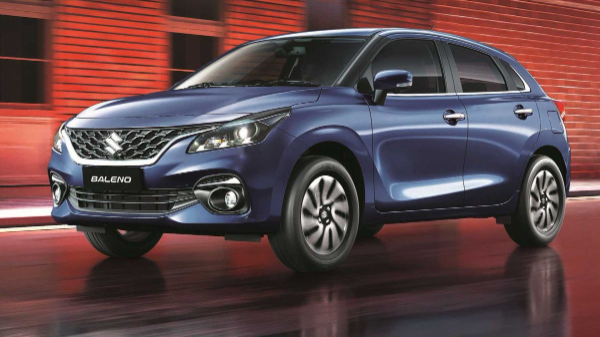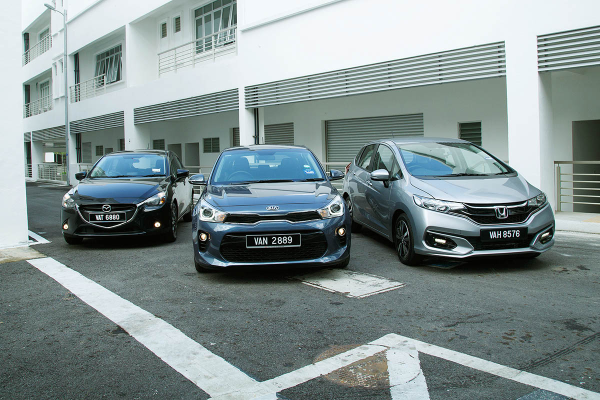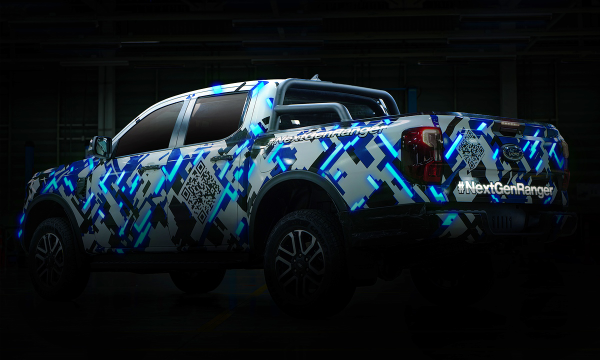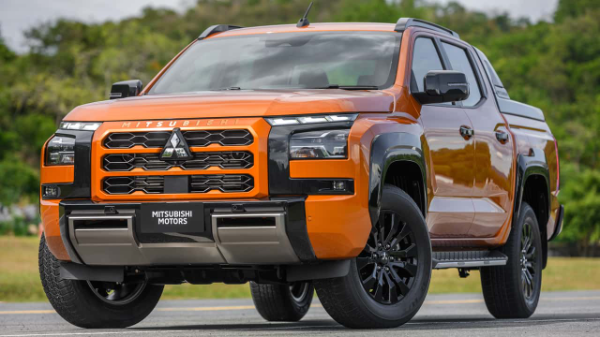Automotive Innovation in the Mining Industry
The automotive industry and mining are intrinsically linked, even though it may not seem so obvious. The mining industry heavily relies on fossil fuels for its day-to-day operations but could take advantage of the latest automotive advances to reduce its carbon footprint. With growing concerns over climate change, many countries are aiming to replace petrol and diesel cars with electric versions. The mining industry could do the same; by replacing their trucks, loaders, and other equipment with electrified equivalents, they can save much more than the environment.
Electrification
As of 2016, there were 2 million electric cars globally, and this figure is expected to rise to 41 million by 2040, representing 25% of the market. It is not just cars that can be electrified; trucks and loaders essential to the mining industry can also be swapped.
Essential to electric vehicles are lithium-ion batteries. The rising demand for lithium is increasing the number of mines worldwide. As a result, the price of batteries has dropped by 80% and is likely to decrease even more as electric vehicles become more prevalent. However, advances need to be made in terms of the range, energy, and power capability of lithium-ion batteries, which will, in turn, lead to further price drops, thus making the technology more viable.
Furthermore, electric vehicles are better for the environment and the health and safety of workers. Electric vehicles do not release harmful particulates and gases such as nitrogen oxide that diesel engines do. Long-term exposure to these particulates and gases can cause breathing difficulties, resulting in lung inflammation and asthma. These conditions can be exacerbated in enclosed and underground spaces such as mines. However, this becomes a non- issue of a problem if loaders are electrified.
Autonomy
Another obvious change in the automotive industry is the move towards autonomous vehicles; it is estimated that by 2030 up to 70% of new cars could have autonomous features, with 15% expected to be fully self-driving.
In the mining industry, such self-driving vehicles could not only help reduce a mine’s carbon footprint but could improve the safety of workers. Many fatal accidents, both on the roads and in mines, can be attributed to human error. Autonomous mine vehicles reduce this risk.
Autonomous driving capabilities will likely become the norm, even in low-end vehicles. The increased connectivity of today’s world can allow data flow between vehicles and the wider infrastructure, help monitor traffic on mining sites, provide diagnostic and analytical tools, and advanced driver assistance systems.
Mining processes
Switching to electric vehicles might be good for the environment, but it is going to have a major impact on how the mining industry operates. Many of the components required to build a vehicle, such as steel, are provided by the mining industry. Furthermore, electric vehicles will increase the demand for different minerals such as cobalt; indeed, half of the global demand for cobalt can be attributed to electric vehicles. There has also been a significant increase in the number of lithium and nickel mining projects as these minerals are also required for batteries and magnets.
As the world looks to electrification to improve air quality, the demand for key minerals is growing. However, the scale of growth is huge and is likely to overshadow supply. The mining industry will have to innovate to ensure it can effectively and cheaply meet demand; low-cost, rapid techniques will be needed to decrease price and optimize extraction to increase output.
Conclusion
The electrification and automation of mining vehicles are estimated to be a $15 billion market by 2028. Investing in innovation via technology can be costly and time-consuming but is essential to creating longevity in productivity gains. As countries and industries are making ambitious commitments to phase out petrol and diesel vehicles, the electrification of mining vehicles has an interesting role to play.
Electrification
As of 2016, there were 2 million electric cars globally, and this figure is expected to rise to 41 million by 2040, representing 25% of the market. It is not just cars that can be electrified; trucks and loaders essential to the mining industry can also be swapped.
Essential to electric vehicles are lithium-ion batteries. The rising demand for lithium is increasing the number of mines worldwide. As a result, the price of batteries has dropped by 80% and is likely to decrease even more as electric vehicles become more prevalent. However, advances need to be made in terms of the range, energy, and power capability of lithium-ion batteries, which will, in turn, lead to further price drops, thus making the technology more viable.
Furthermore, electric vehicles are better for the environment and the health and safety of workers. Electric vehicles do not release harmful particulates and gases such as nitrogen oxide that diesel engines do. Long-term exposure to these particulates and gases can cause breathing difficulties, resulting in lung inflammation and asthma. These conditions can be exacerbated in enclosed and underground spaces such as mines. However, this becomes a non- issue of a problem if loaders are electrified.
Autonomy
Another obvious change in the automotive industry is the move towards autonomous vehicles; it is estimated that by 2030 up to 70% of new cars could have autonomous features, with 15% expected to be fully self-driving.
In the mining industry, such self-driving vehicles could not only help reduce a mine’s carbon footprint but could improve the safety of workers. Many fatal accidents, both on the roads and in mines, can be attributed to human error. Autonomous mine vehicles reduce this risk.
Autonomous driving capabilities will likely become the norm, even in low-end vehicles. The increased connectivity of today’s world can allow data flow between vehicles and the wider infrastructure, help monitor traffic on mining sites, provide diagnostic and analytical tools, and advanced driver assistance systems.
Mining processes
Switching to electric vehicles might be good for the environment, but it is going to have a major impact on how the mining industry operates. Many of the components required to build a vehicle, such as steel, are provided by the mining industry. Furthermore, electric vehicles will increase the demand for different minerals such as cobalt; indeed, half of the global demand for cobalt can be attributed to electric vehicles. There has also been a significant increase in the number of lithium and nickel mining projects as these minerals are also required for batteries and magnets.
As the world looks to electrification to improve air quality, the demand for key minerals is growing. However, the scale of growth is huge and is likely to overshadow supply. The mining industry will have to innovate to ensure it can effectively and cheaply meet demand; low-cost, rapid techniques will be needed to decrease price and optimize extraction to increase output.
Conclusion
The electrification and automation of mining vehicles are estimated to be a $15 billion market by 2028. Investing in innovation via technology can be costly and time-consuming but is essential to creating longevity in productivity gains. As countries and industries are making ambitious commitments to phase out petrol and diesel vehicles, the electrification of mining vehicles has an interesting role to play.









